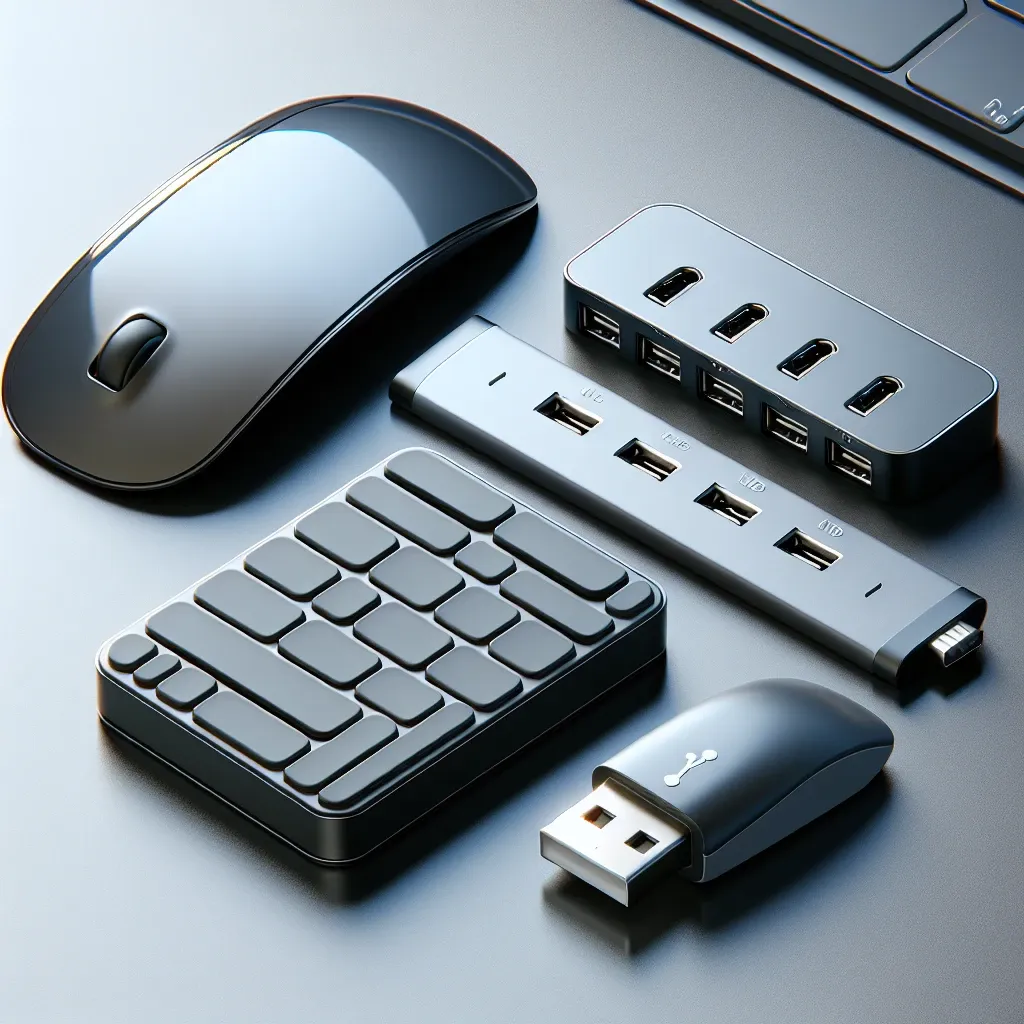In today’s tech-savvy world, the demand for seamless connectivity has become more crucial than ever. With numerous devices relying on USB connections, consumers often ponder whether USB hubs can effectively accommodate wireless dongles for keyboards and mice. Understanding this topic is vital for users seeking to optimize their workspace and enhance their computing experience.
| Aspect | Details |
|---|---|
| Compatibility | Most USB hubs support wireless dongles, but performance may vary. |
| Connection Type | USB-A and USB-C hubs are common; ensure compatibility with your dongle. |
| Power Supply | Active hubs with external power sources usually provide better performance. |
| Wireless Range | Distance from the receiver can affect performance, regardless of hub type. |
| Interference | Signal interference may occur with multiple devices in proximity. |
Understanding USB Hubs
A USB hub is a device that allows multiple USB devices to be connected to a single USB port. Hubs can either be powered (active) or unpowered (passive). While active hubs typically offer more robust performance due to external power, passive hubs rely solely on the power provided by the connected USB port.
Types of USB Hubs
- Powered USB Hubs: These hubs come with their own power adapter, allowing them to provide additional energy to connected devices, improving their performance.
- Unpowered USB Hubs: Relying solely on the computer’s USB port for power, these hubs may struggle with multiple high-power devices connected simultaneously.
- USB-C Hubs: With the rise of USB-C connectors, these hubs offer enhanced data transfer speeds and wider connectivity options, which can benefit newer devices.
Wireless Dongles Explained
Wireless dongles are small devices that connect peripherals like keyboards and mice to a computer via a radio frequency (RF) or Bluetooth. They typically utilize a USB-A or USB-C connector to interface with the computer. Understanding how these dongles function helps clarify their compatibility with USB hubs.
Types of Wireless Dongles
- RF Dongles: These utilize radio frequencies to communicate with peripherals, usually providing a more extended range and immediate connectivity.
- Bluetooth Dongles: These allow wireless connections using Bluetooth technology. Devices must be paired, and their range can be affected by obstacles.
Will USB Hubs Work with Wireless Dongles?
Generally, USB hubs do work with wireless dongles for keyboards and mice. However, a few factors can influence performance:
1. Bandwidth Management
USB hubs have a limited bandwidth, which can play a role in the performance of connected peripherals. If too many high-bandwidth devices are connected, it may lead to lag or interference.
2. Distance and Signal Interference
The position of the wireless dongle and its distance from the peripherals can significantly impact connectivity. If the hub is placed too far away from the keyboard or mouse, the performance may degrade. Additionally, interference from other wireless devices may hinder performance.
3. Power Supply
Using a powered USB hub can help ensure adequate power for all connected devices, thereby improving functionality. This is especially true for RF dongles, which may demand more power for consistent performance.
4. Type of Hub
Not all USB hubs are created equal. Some may specifically handle certain types of devices better than others. For optimal performance, it is recommended to choose hubs that support both the connection standard (USB-A or USB-C) and power requirements of your dongles.
Best Practices for Using USB Hubs with Wireless Dongles
To maximize performance when using USB hubs with wireless dongles, consider the following best practices:
1. Positioning
Ensure the hub is placed in an optimal location to maintain the shortest distance between the dongle and the peripherals, avoiding physical obstructions.
2. Limit Connections
Try to minimize the number of devices connected to a single hub, especially if they are high-bandwidth devices. This can help prevent lag or connectivity issues.
3. Invest in Quality Hubs
Choose reputable brands that offer powered USB hubs. This can significantly enhance the performance and reliability of your wireless connections.
4. Regular Updates
Ensure all device drivers, particularly for the dongles and USB hubs, are up-to-date. This can help fix bugs and improve compatibility across different devices.
Potential Issues and Troubleshooting
While using USB hubs with wireless dongles generally works seamlessly, you may encounter some issues. Here are common problems and troubleshooting steps:
1. Device Not Recognized
If the dongle is not recognized by the computer when plugged into the hub:
- Try connecting the dongle directly to a USB port on the computer to see if the issue persists.
- Check for any loose connections or defects in the USB hub.
2. Lag or Dropouts
For keyboards and mice experiencing lag:
- Reduce the number of devices connected to the hub.
- Ensure the hub is powered and functioning correctly.
- Check for nearby wireless devices that may cause interference.
3. Inconsistent Performance
If performance is inconsistent:
- Consider moving the hub closer to the user.
- Try a different USB port on the computer to eliminate port-related issues.
Conclusion
In conclusion, USB hubs do work with wireless dongles for keyboards and mice; however, their effectiveness can be influenced by several factors such as distance, bandwidth, and power supply. By understanding the capabilities of both the hubs and the dongles, while also following best practices, users can create a more efficient and reliable workspace. For those experiencing issues, troubleshooting steps can also help mitigate common problems related to connectivity and performance.

